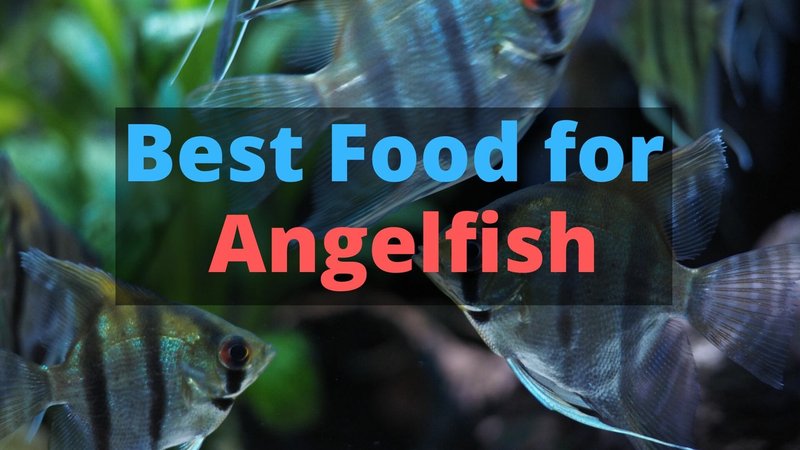
Marine angelfish are stunning creatures, with bright colors and unique shapes that make them the stars of any reef tank. They’re not just pretty faces; these fish play a crucial role in the marine ecosystem, munching on algae and helping keep the reefs healthy. So, what’s on their menu? Let’s dig into the details of marine angelfish diets, including what foods to offer and how to keep your fish well-fed and happy.
Understanding Marine Angelfish Diets
Marine angelfish come in various species, such as the Emperor Angelfish or the Queen Angelfish, each with its own quirks. However, they generally share a few dietary preferences. These fish are considered omnivores, which means they eat both plant and animal materials. In the wild, their diet consists of a mix of algae, sponges, and small invertebrates.
When these fish are kept in aquariums, it’s essential to mimic their natural diet as much as possible. This means offering them a variety of foods to ensure they get the nutrients they need. Think of it like a balanced plate—just as you wouldn’t want to eat only one type of food every day, your angelfish need variety too!
Another thing to note is that marine angelfish can be a bit picky. Some might favor meaty foods, while others may lean more towards algae or plant matter. It’s all about finding the right balance based on the species you have.
Key Foods for Marine Angelfish
To keep your marine angelfish healthy, here are some key food options you should consider:
- Quality Flake or Pellet Foods: These can be a staple in their diet. Look for options made specifically for angelfish or marine fish.
- Frozen Foods: Foods like brine shrimp, mysis shrimp, and bloodworms can be excellent sources of protein that angelfish love.
- Seaweed: Dried seaweed is a fantastic option for herbivorous types. Offer it on a clip or weighted down in the tank.
- Fresh Vegetables: Blanched spinach or zucchini can be a tasty treat and provide essential nutrients.
By mixing these options, you can create a varied diet that keeps your angelfish excited about mealtime. Remember, it’s all about balance!
Feeding Frequency and Portion Control
You might be wondering how often to feed your angelfish. Generally, it’s a good idea to feed them 2-3 times a day. This frequency mimics their natural foraging behavior and keeps their metabolism active. However, avoid overfeeding! A good rule of thumb is to provide only as much food as they can consume in about 2-3 minutes.
Overfeeding can lead to a number of issues, including poor water quality in your tank and health problems for your fish. So, if you notice leftover food floating around after feeding, dial it back a bit next time.
Another tip? Use a timer to help regulate feeding times. Sticking to a schedule can help keep your fish happy and healthy while ensuring they get just the right amount of food.
Special Considerations for Different Species
Depending on the species of marine angelfish you keep, there may be some special dietary needs to keep in mind. For example, the Coral Beauty Angelfish might need more plant matter in their diet, while species like the French Angelfish may thrive on a mix of meaty food and algae.
If you’re unsure about what to provide, a little research goes a long way. Check out specific care guides for your angelfish species to tailor their meals appropriately. Pay attention to how they react to different foods, and adjust their diet based on what they seem to enjoy most. Just like humans, every fish has its preferences!
Tips for Successful Feeding
Here are some handy tips to help you make feeding time a success for your marine angelfish:
- Introduce New Foods Slowly: If you’re trying a new type of food, introduce it gradually. Start with just a small amount to see if it’s well-received.
- Vary Food Types: Keep things interesting! Rotate between different foods each week to provide nutrients and prevent boredom.
- Use a Feeding Ring: This keeps food concentrated in one area, making it easier for your fish to find it and reducing waste.
- Monitor Water Quality: Overfeeding can lead to increased waste in the tank. Keep an eye on your water parameters to ensure a healthy environment.
By following these tips, you can create a feeding routine that supports the health and happiness of your marine angelfish.
Potential Risks of Inadequate Diet
If marine angelfish don’t get the right diet, they might face some health issues. Some common problems include malnutrition, which can lead to weak immune systems and make them more susceptible to diseases.
Additionally, a poor diet can cause them to become overly aggressive or stressed, potentially leading to issues with tank mates. Since they’re natural grazers, not having the right types of food can lead them to pick on corals or other tank inhabitants in search of nutrients.
So, it’s crucial to pay attention to their dietary needs to keep them safe and thriving in your aquarium.
Feeding marine angelfish might seem daunting at first, but with the right knowledge and a bit of practice, it becomes second nature. Remember to provide a balanced diet filled with diverse foods to keep them healthy and happy. Monitor your fish closely, and adjust their diet as needed based on their preferences and health.
By following these guidelines and tips, you’ll not only nurture your angelfish but also enjoy watching them flourish in your aquarium. It’s all about making mealtime a delightful experience for your aquatic friends! Happy feeding!

